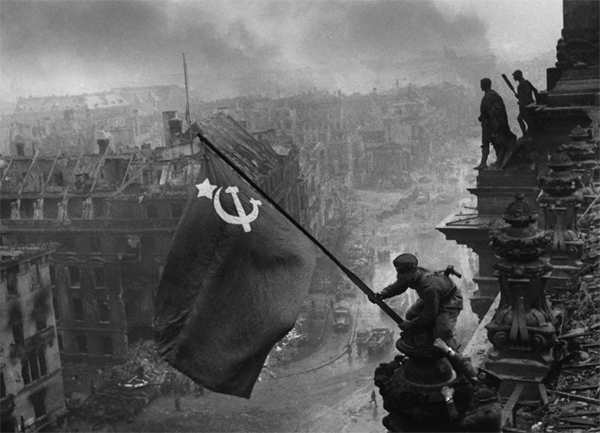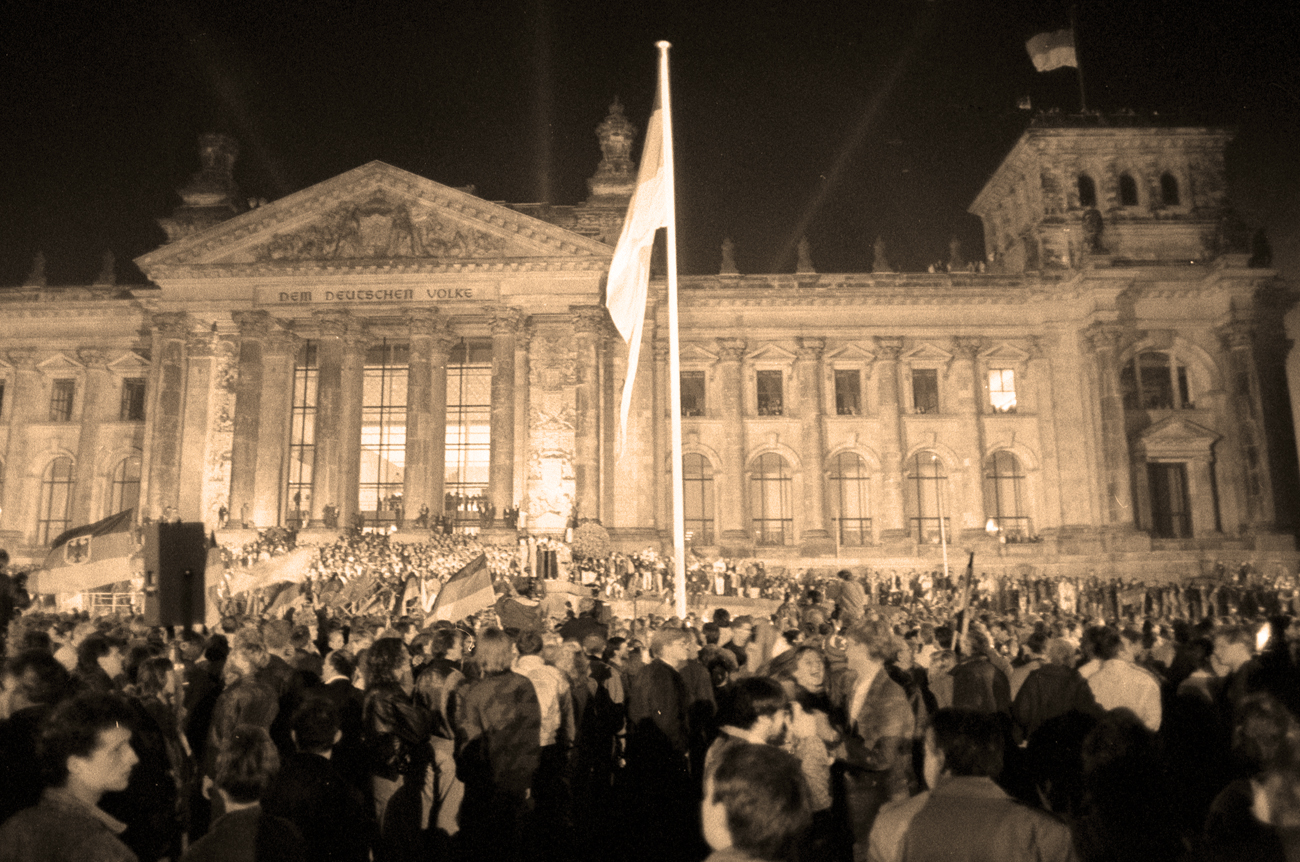Some cities are famous for the things they are made of – think of New York City and recall the Empire State Building, Wall Street, Central Park. Rockefeller Center’s stylish ice rink immediately triggers hopes for urban romance; skyscrapers trigger memories of King Kong; Wall Street triggers images of, well, Gordon Gecko perhaps.
Central Park and Broadway help define romance, sophistication and an urban, urbane lifestyle. From afar, the New York City skyline and the bridges into Manhattan, as in films like “Working Girl,” “On the Waterfront” or “At the Edge of the City,” whisper of aspirations for the good life, of becoming one of the golden people.
London and Paris are culture and urban lifestyle -- their iconic cityscapes and public buildings and churches come at us from a dozen angles like a collection of “wish you were here” postcards. Our brain forms a collage of famous paintings, film scenes, musicals and dramas – as well as images from all those novels where London and Paris actually are the main character.
Perhaps the same can also be said of ancient places as Venice, Florence and Istanbul as well. And the idea of Jerusalem is so powerful we are captive to what we believe it represents, whether it is in the form of the Al Aqsa Mosque, the Wailing Wall, the Via Dolorosa or a thousand other spots. The capital city of what P. J. O’Rourke calls “God’s monkey house”, every brick and paving stone cries out for attention.
Our own sometimes-bedraggled Johannesburg can be as vivid. Johannesburg novelists as varied as Ivan Vladislavic, Nadine Gordimer, Phaswane Mpe or Marlene van Niekerk have all tried to cull out the essential texture of this city. British writer Adam Roberts, in the anthology, “From Jo’burg to Jozi”, says of Joeys, “Crest a hill as you drive south from Pretoria, or stare from one of the city’s large parks, and Jo’burg’s towers rise as proudly as Oz above the poppy fields. People follow those tracks and pour to Jozi from all over the continent.”
But what of Berlin – the city that has just celebrated twenty years of liberation from division? What is the idea of Berlin? Until the 19th century, Berlin was certainly not core to the idea of Germany. Vienna, Frankfurt, Dresden, Leipzig, Munich, Cologne, Mainz, those were real cities. The towns of the ancient Hanseatic League were real history. The Rhine, the Saar, the Ruhr, the river towns of Saxony, those were where things of beauty or utility were crafted.
The Prussian kings emulated France and French culture from their lairs in Berlin, importing craftsmen, thinkers, musicians and architects, even giving Voltaire a respite when things grew too hot for him in pre-revolutionary France. Jews, Poles and others from further east migrated to Berlin for opportunity of economic gain. But, when the German Empire was proclaimed in 1871, after the defeat of the French army, the Germans could not bring themselves to return home and proclaim their new empire in Berlin. Instead, they used Versailles’ Hall of Mirrors. That was real culture, the real McCoy, the real deal, a true imperial stage.

Photo: Reichstag Fire, 1933
Perhaps Berlin’s evolution into the iconic begins with World War II. Well, actually, right at the end of the war. As the Red Army captures the city, an unknown Novosti photographer captures a Russian soldier planting the hammer and sickle flag on the roof of the burnt-out Reichstag – one of the most memorable of all wartime photos, rivalling even the American flag photo from Iwo Jima.
Now Berlin is a fallen city; at the feet of the victors, divided into US, British, French and Soviet zones of occupation. Memories of Christopher Isherwood, Sally Bowles, George Groz, Kurt Weill, and the rest of an exciting, in-your-face, hothouse Weimar culture, are momentarily forgotten. Albert Speer’s plan to rebuild Berlin as a gargantuan monument to Nazi power is never carried out.

Photo: Soviets take over, May 1945
Then comes the 1948-49 Berlin blockade and airlift. Yet another photo helps transform the idea of Berlin from that of the ruined capital of a mad dictator to the easternmost outpost of the west. The silver-coloured C-54 plane flies low over the rubble on its approach to Tempelhof Airport with food, fuel and supplies; men, women and children perch on top of a heap of rubble. The innocents are looking up at help on the way.
By 1963, Berlin has been divided by its infamous wall for two years. People tunnel under it, leap from the upper floors of buildings to fall beyond it, drive through the barricades in bulldozers to get past it. A youthful American president, John Kennedy, stands on a platform placed before the Rathaus Schoneberg, the city hall in June, a hundred thousand Berliners standing before him.
Watch: JFK's speech, June 1963
type="application/x-shockwave-flash">





